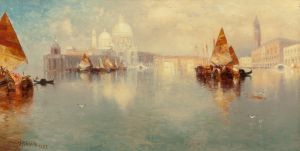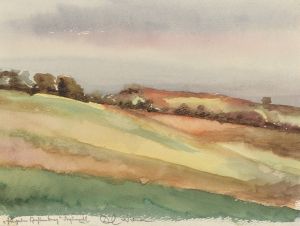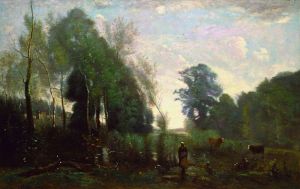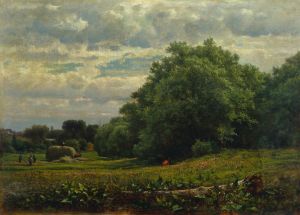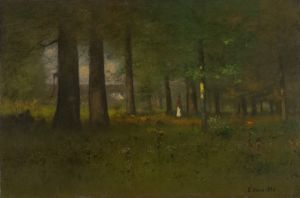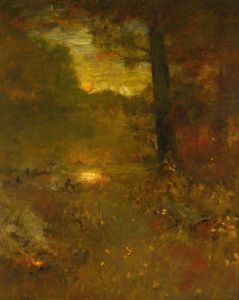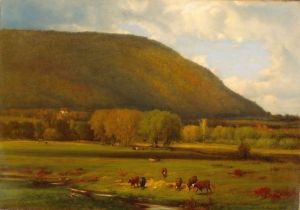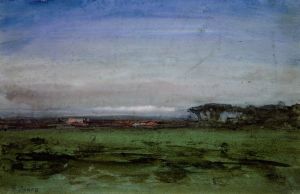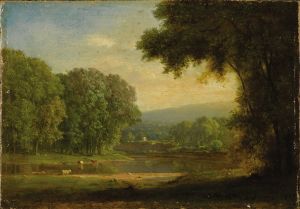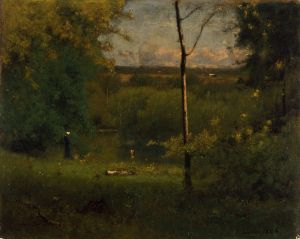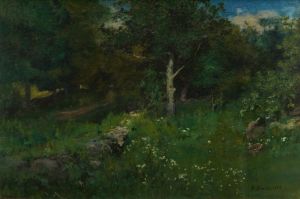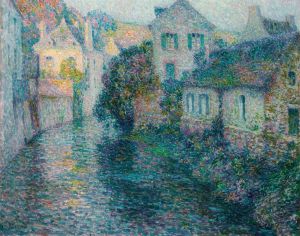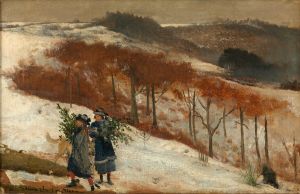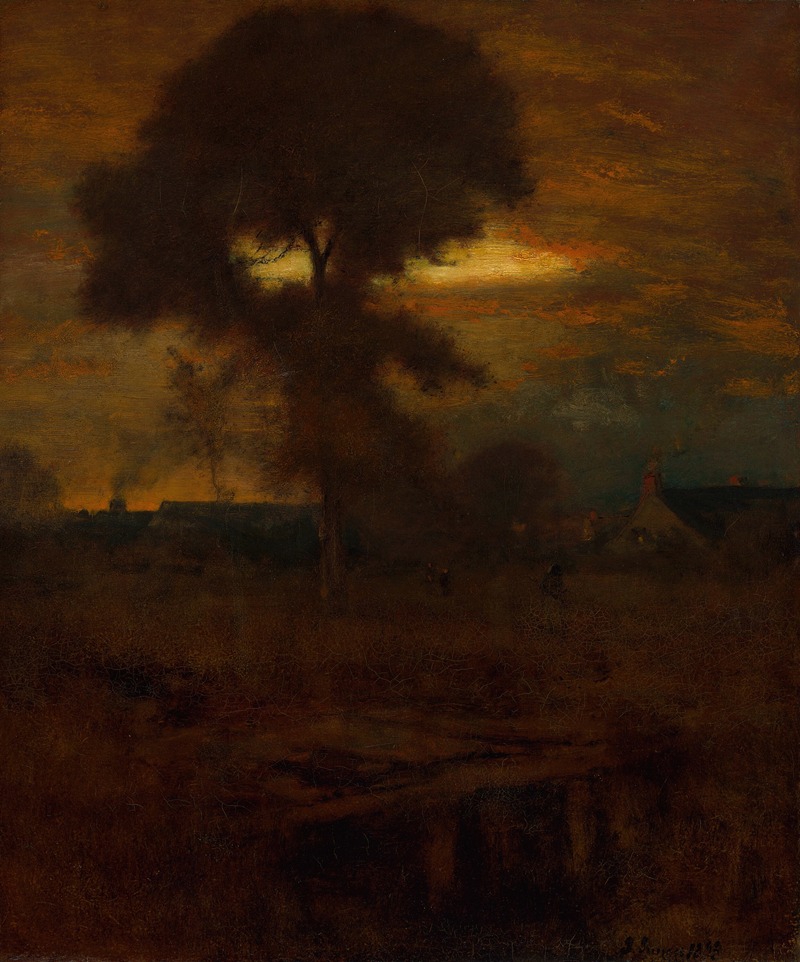
Afterglow
A hand-painted replica of George Inness’s masterpiece Afterglow, meticulously crafted by professional artists to capture the true essence of the original. Each piece is created with museum-quality canvas and rare mineral pigments, carefully painted by experienced artists with delicate brushstrokes and rich, layered colors to perfectly recreate the texture of the original artwork. Unlike machine-printed reproductions, this hand-painted version brings the painting to life, infused with the artist’s emotions and skill in every stroke. Whether for personal collection or home decoration, it instantly elevates the artistic atmosphere of any space.
"Afterglow" is a painting by the American artist George Inness, who is widely recognized as one of the most influential landscape painters of the 19th century. Born in 1825, Inness became a prominent figure in the Hudson River School, a group of artists known for their romantic portrayal of the American landscape. However, Inness's style evolved over time, and he became associated with the Tonalist movement, which emphasized mood and atmosphere over detailed representation.
"Afterglow" exemplifies Inness's mature style, characterized by a focus on the interplay of light and shadow, as well as a subtle use of color to evoke emotion. The painting captures the serene and transient moment of twilight, a time when the sun has just set, leaving a warm glow in the sky. This period of day, often referred to as the "afterglow," is depicted with a delicate balance of light, creating a tranquil and contemplative scene.
Inness was deeply influenced by the philosophical and spiritual ideas of the time, particularly those of Emanuel Swedenborg, a Swedish theologian and mystic. Swedenborg's ideas about the spiritual world and the connection between the divine and the natural world resonated with Inness, and these themes are often reflected in his work. "Afterglow" can be seen as an expression of these ideas, capturing the ethereal quality of nature and its ability to evoke a sense of the sublime.
The composition of "Afterglow" is marked by its harmonious arrangement of elements. Inness often employed a technique known as "atmospheric perspective," where the use of color and light creates a sense of depth and distance. In this painting, the foreground is typically more detailed, while the background recedes into a soft, diffused light, drawing the viewer's eye towards the horizon where the afterglow is most pronounced.
Inness's use of color in "Afterglow" is particularly noteworthy. He often used a limited palette to achieve a sense of unity and harmony within the painting. The warm hues of the sky contrast with the cooler tones of the landscape, creating a dynamic yet balanced composition. This careful modulation of color and light is a hallmark of Inness's work and contributes to the painting's overall mood and emotional impact.
"Afterglow" is a testament to Inness's ability to convey the beauty and tranquility of the natural world. His paintings often invite viewers to pause and reflect, offering a moment of respite from the chaos of everyday life. Through his masterful use of light, color, and composition, Inness captures the fleeting beauty of nature, encouraging a deeper appreciation for the world around us.
George Inness's legacy as a landscape painter is significant, and his work continues to be celebrated for its emotional depth and technical skill. "Afterglow" remains an exemplary piece within his oeuvre, illustrating his unique ability to blend realism with a profound sense of spirituality and introspection.





